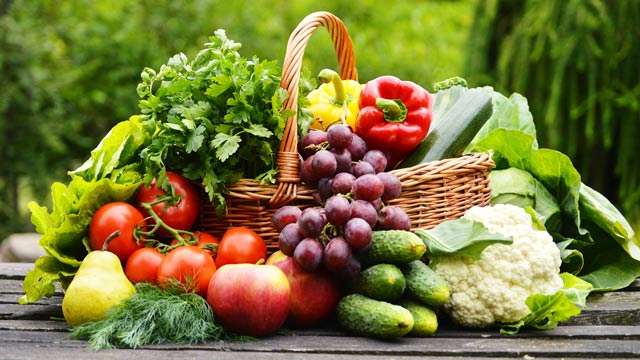Vegetable Price Hike Latest Update: Prices of vegetables in West Bengal and many other states have gone up by an average of 30-35 per cent
Vegetable Price Hike Latest Update: Even as the tomato price hike is a hot topic for the past several days, the prices of other vegetables have also increased in several major cities. A report by Times of India stated that the vegetable prices in Patna have increased significantly since May. While tomato has seen maximum hike in its price, the prices of other vegetables have also shot up, including cauliflower, cabbage and lady’s finger.
For the past few days, the price of cauliflower has gone up to Rs 60 per kg, up from Rs 40 per kg in early May. In the similar manner, price of cabbage has gone up to Rs 60/kg from Rs 30-40/kg mark, price of potato and onion have also seen rise from Rs 20/kg in early May to Rs 30/kg in July.
West Bengal
Apart from Patna, several other cities have also witnessed a hike in vegetable prices. Prices of vegetables in West Bengal have gone up by an average of 30-35 per cent. Tomatoes in the state are being sold at Rs 130-150/kg and green chillies between Rs 300-350/kg compared to Rs 150/kg a week ago.
Read More: Bill Gates Meets Zerodha Co-Founders Over Breakfast; Here’s What Nikhil Kamath Shared
Odisha
The prices of vegetables in Odisha have also reportedly gone up drastically in the last 15 days. While tomato is being sold at Rs 140-160/kg, green chilly is selling for around Rs 200/kg and ginger for Rs 300/kg.
Delhi
As per updates from news agency ANI, tomato prices in Delhi’s Safal store have gone up to Rs 129 per kg on Wednesday.
Uttar Pradesh
Tomato prices in Uttar Pradesh’s Moradabad have gone up to Rs 150/kg on Wednesday. “The price of vegetables has increased a lot. Tomatoes are being sold at Rs 150 per kg. Customers are facing problems due to the price hike,” a tomato customer in Moradabad told ANI.
The development comes at a time when the consumer price index (CPI) inflation has eased sharply to 4.25 per cent in May hitting a 25-month low and came under the Reserve Bank of India’s upper tolerance limit of 6 per cent for the third straight month.





































